Moles are small, coloured spots on the skin caused by groups of cells called melanocytes. Most people have them.
They're usually nothing to worry about unless they change size, shape or colour.
Most moles are harmless

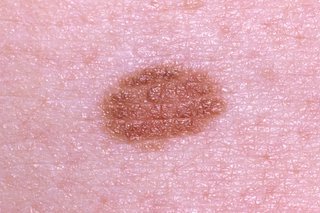
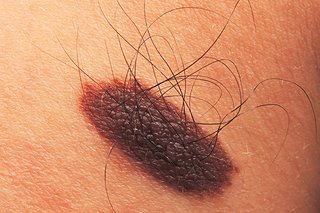
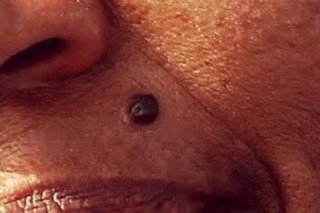
It's normal for:
- babies to be born with moles
- new moles to appear up to your 30s - especially in children and teenagers
- moles to fade or disappear as you get older
- moles to get slightly darker during pregnancy
Moles and skin cancer
Some moles can be a sign of melanoma, a serious form of skin cancer. Half of cases are from a new mole and half from a changing mole.
It's important to be aware of changes to your moles and know the difference between a normal mole and a melanoma.
ABCDE of moles and checking your moles for changes
Check your moles regularly for:
- any changes
- a new mole - especially after your mid 30s
You can check your skin for changes by learning the ABCDE of moles. This can help you spot if a mole is cancerous.
Non-urgent advice: Go to a GP if a mole:
- changes shape or looks uneven
- changes colour, gets darker or has more than 2 colours
- starts itching, crusting, flaking or bleeding
- gets larger or more raised from the skin
These changes can happen over weeks or months. They're sometimes a sign of melanoma, a type of skin cancer.
Non-urgent advice: Signs of melanoma include:
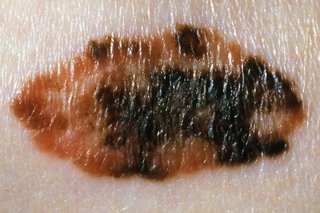

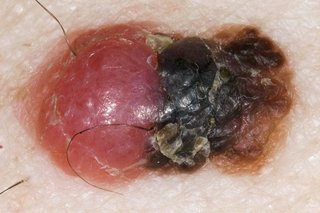
Treating moles
If your GP thinks it's melanoma, they will refer you to a specialist in hospital. You will get an urgent appointment.
The main treatment for melanoma is surgery to remove the mole.
Removing moles for cosmetic reasons
Most moles are harmless. Harmless moles are not usually treated by the HSE.
You may not like the look of a mole and want to remove it for cosmetic reasons. You can pay a private clinic to do this. Mole removal may be expensive. Your GP can give you advice about where to get it removed.
How to protect your moles
Melanoma skin cancer cannot always be prevented. If you have lots of moles, you need to be extra careful in the sun. Getting sunburnt is the main risk for melanoma.
Ultraviolet (UV) light from the sun can increase the chance of a mole becoming cancerous.
Avoid getting sunburnt or going pink in the sun.
Things you can do to protect your moles during hot or sunny weather:
Do
-
stay in the shade between 11am and 3pm, when sunlight is strongest
-
cover your skin with clothes
-
wear a hat and sunglasses if you have moles on your face
-
put on a high factor sunscreen every couple of hours and put it on again after swimming
Don't
-
do not get sunburnt
-
do not use sunlamps or sunbeds because they use UV light
